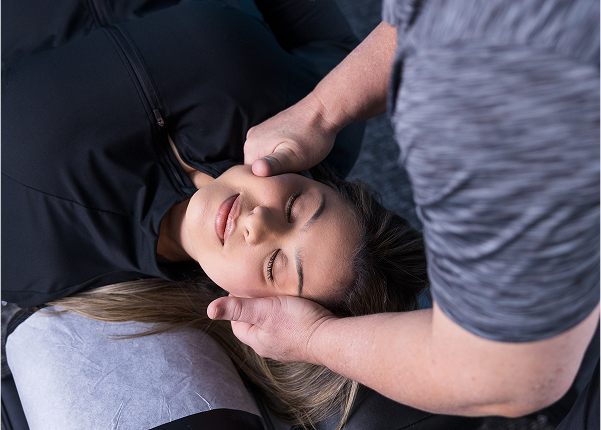1 Tana, C., Raffaelli, B., Souza, M. N. P., Ruiz de la Torre, E., Bragatto, M. M., Maddison, K. J., Waliszewska-Prosół, M., Butera, C., Caronna, E., Curone, M., Deligianni, C. I., Kırbaş, S., Mancioli, A., Marino, S., Membrilla, J. A., Messina, R., Ornello, R., Pellesi, L., Rubio-Beltrán, E., ... García-Azorín, D. (2024). Health equity, care access and quality in headache – part 1. The Journal of Headache and Pain, 25, Article 12. https://doi.org/10.1186/s10194-024-01712-7
2 Headache Classification Committee of the International Headache Society (IHS). (2018). The International Classification of Headache Disorders, 3rd edition. Cephalalgia, 38(1), 1-211. https://doi.org/10.1177/0333102417738202
3 American Migraine Foundation. (n.d.). The reality of chronic migraine. Retrieved August 22, 2025, from https://americanmigrainefoundation.org/resource-library/reality-chronic-migraine/
4 Pescador Ruschel, M. A., & De Jesus, O. (2024). Migraine headache. In StatPearls. StatPearls Publishing. https://www.ncbi.nlm.nih.gov/books/NBK560787/














